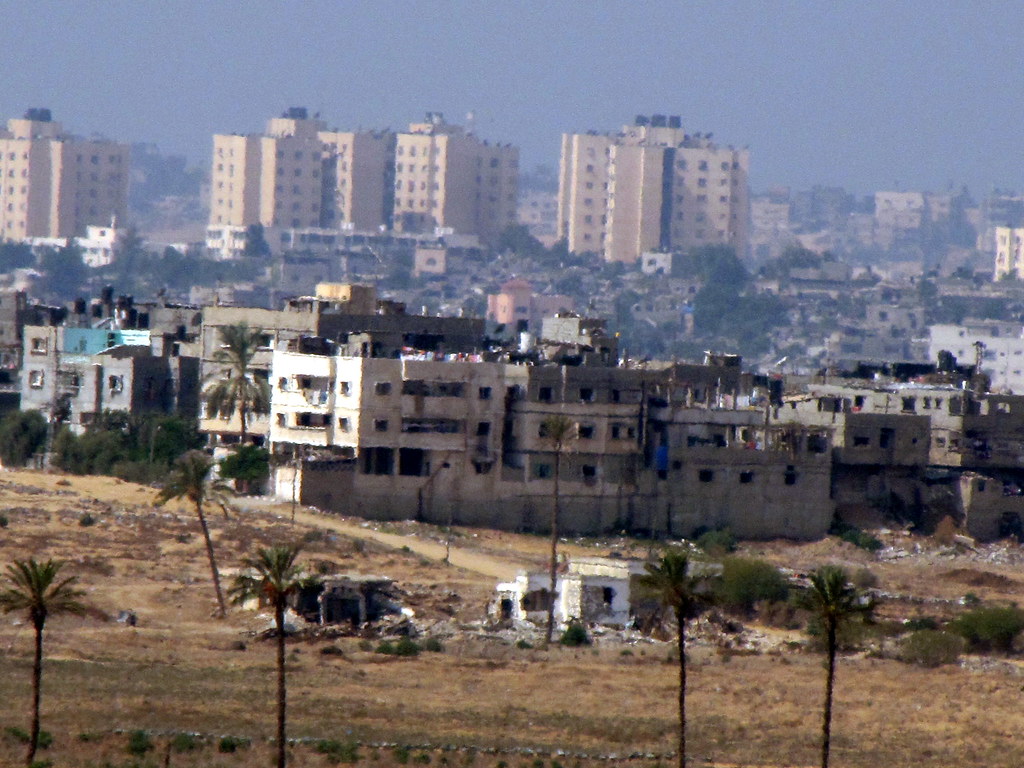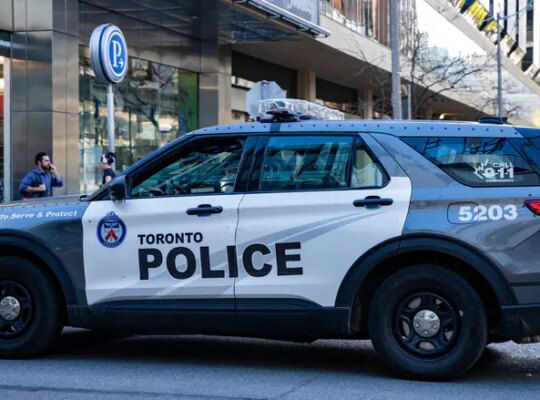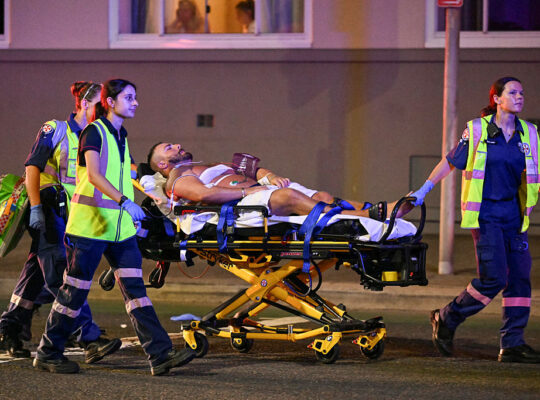Israel’s security cabinet gave Prime Minister Benjamin Netanyahu the green light early Friday to seize military control of Gaza City.
Netanyahu secured the votes after a grueling 10-hour session that stretched past midnight, overriding fierce opposition from IDF Chief of Staff Lt. Gen. Eyal Zamir. During the heated meeting, Zamir presented his own alternative plan but cabinet members overwhelmingly rejected his more limited approach.
“The lives of the hostages will be in danger if we go ahead with this plan to occupy Gaza. There is no way to guarantee that we will not harm them,” Zamir told ministers, according to Channel 12. “Our forces are worn out, the military tools need maintenance, and there are humanitarian and sanitary concerns regarding the Palestinian population.”
Zamir warned that full occupation could take up to two years, with intensive fighting lasting five months. However, Far-right National Security Minister Itamar Ben Gvir pushed back against any suggestion the operation could be paused for negotiations, insisting Israel must declare it won’t stop until completion.

The decision drew immediate condemnation from the Internation community. British Prime Minister Keir Starmer called the decision “wrong” and urged reconsideration while UN High Commissioner for Human Rights Volker Türk demanded the operation “must be immediately halted,” arguing it contradicts International Court of Justice rulings requiring Israel to end its “occupation.”
Roughly 800,000 Arabs currently living in Gaza City will have until October 7, 2025 to evacuate southward, sources told CNN. Cabinet members deliberately chose that date to coincide with the second anniversary of Hamas’s attack. Most residents have already been displaced multiple times during the 22-month conflict. Israeli officials said humanitarian aid will continue flowing to other parts of Gaza but will be cut off entirely within Gaza City itself
On Wednesday, US Ambassador Mike Huckabee announced that the Gaza Humanitarian Foundation will expand from three to 16 distribution sites operating around the clock, apparently preparing for the massive displacement.
Israel says it currently controls 75% of Gaza territory but has largely avoided the remaining quarter where intelligence suggests most of the 50 remaining hostages are being held. About 20 of those captives are believed still alive. Hamas has previously executed prisoners when Israeli forces got too close, killing six hostages in Rafah tunnels last August when troops inadvertently approached their location.
Cabinet members also endorsed five non-negotiable demands for ending the war: Hamas’s complete disarmament, return of all hostages, Gaza’s demilitarization, Israeli security control over the territory, and establishment of a civilian government excluding both Hamas and the Palestinian Authority.
Some analysts questioned whether Netanyahu’s earlier threats to occupy all of Gaza were negotiating tactics to pressure Hamas back to talks. Israel’s approved plan stops short of taking the entire Strip, though officials indicated operations would eventually expand to remaining unconquered areas.
Aerial shots of Gaza City
Source link












